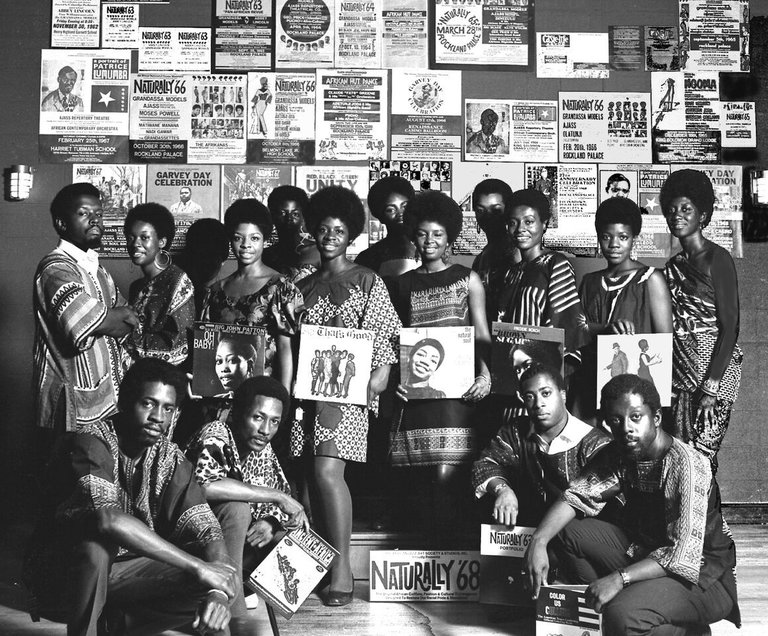
The Black Arts Movement, or “the artistic sister of the Black Power Movement”, stands as the most controversial movement in all of American literature. The art created during this movement was a direct response to the socio-political landscape at the time. Talented African American dancers, writers, artists, and musicians created works of art infused with revolutionary thought and pride with the intent to awaken Black consciousness and achieve liberation.
The Black Arts Movement began with the establishment of the Black Arts Repertory Theatre in Harlem, founded by the activist and poet Amiri Baraka (Leroi Jones) in 1965. Though many artistic disciplines experienced a surge in artistic expression, BAM had the greatest impact on poetry and theatre.

The movement was planted in Harlem, New York but quickly spread across to map to Chicago, Detroit, and San Francisco. The cities were heavily concentrated with Black people who could relate to and feel understood by the work this powerful movement carried.
In Chicago, Hoyt Fuller and John Johnson edited and published Negro Digest (later Black World), an African American magazine that promoted the work of new black literary artists. Publishing houses such as these brought recognition to edgy, experimental poets who were otherwise hidden from the spotlight. New Black theater groups also emerged. In 1969, Robert Chrisman and Nathan Hare established The Black Scholar, the first scholarly journal to promote African American studies within academia.

With so many new publishing houses and workshops emerging from the fire of the revolution, a new vehicle was created for Black Arts poets.
Writers like Langston Hughes contributed such creativity and innovation to BAM through the innovation of new art forms, like jazz poetry. This creative leap paved the way for later art forms we now recognize as spoken word and rap. Boundaries were pushed in every aspect during this era. Poets during the Black Arts Movement went as far as rejecting standard English in favor of African American Vernacular English (AAVE). Power moves like this reinforced the movement’s desire for the reflection of pride in Black history and culture in art.

Black visual artists also forged a connection between their creativity and the drive for Black Power.
Artists such as Romare Bearden and Emma Amos gathered together and created organizations like SPIRAL, the African American artist collective determined to explore the relationship between art and the civil rights movement. Artists from the movement placed a heavy emphasis on community and cooperation. Being the artistic sister to the Black Power Movement, artist Emory Douglas connected with organizations like the Black Panther Party For Self Defense and created the radical art that was plastered across the front page of the organization’s newspaper.
 The movement slowly came to an end while leaders like Baraka were swayed toward Marxism, a political and economic theory that many artists during the movement did not agree with. This caused separation which eventually weakened and ceased the movement.
The movement slowly came to an end while leaders like Baraka were swayed toward Marxism, a political and economic theory that many artists during the movement did not agree with. This caused separation which eventually weakened and ceased the movement.

Despite an impactful era coming to an end, the Black Arts Movement changed history. It shook up the status quo and left behind many timeless pieces of art that inspired and continues to inspire Black artists in all disciplines for decades to come.

